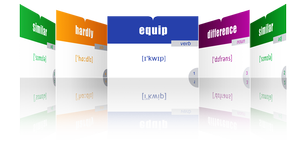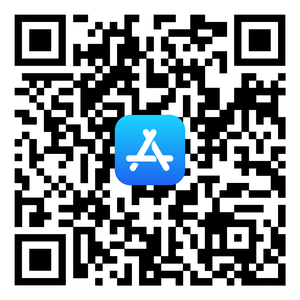CATBRIDGE-SCIENCE-STUDYING
- Подробности
- 379
This page gathers various educational materials on science — for practice, review, and in-depth learning. Use flashcards, tests, and tasks to train, check yourself, and master the school program with interest and benefit.
CATBRIDGE — SCIENCE STUDYING MATERIALS
The Solar System
-
• General overview: what the Solar System includes.
• The Sun, planets, moons, asteroids, comets.
• The concept of orbit.
The Sun
-
• The Sun as a star: source of heat and light.
Mercury
-
• Mercury — the closest planet to the Sun.
Venus
-
• Venus — the “sister of Earth,” its atmosphere and high temperature.
Earth and the Moon
-
• Features of Earth: atmosphere, water, life.
• The Moon as a satellite: phases of the Moon, tides.
Mars
-
• The Red Planet: climate, surface, exploration .
• Possibility of life.
Jupiter
-
• The largest planet.
• Atmosphere, the Great Red Spot.
• Galilean moons (Io, Europa, Ganymede, Callisto).
Saturn
-
• Famous rings.
• Structure of the planet and its moons (e.g., Titan).
Uranus
-
• Uranus — rotation “on its side.”
Neptune
-
• Neptune — winds and blue atmosphere.
Minor Bodies of the Solar System
-
• Asteroids, meteors, meteorites.
• The asteroid belt, the Kuiper belt.
• Comets and their tails.
The Solar System and Beyond
-
• The concept of “dwarf planets” (Pluto and others).
• Comparison of the Solar System with other star systems.
• Exoplanets.
The Why does it rain?
-
• Rain happens because water undergoes evaporation, then condensation in clouds, and finally—under the force of gravity—it falls as precipitation.
Why does the wind blow?
-
• Wind is air moving from high to low pressure because the Sun heats Earth unevenly.
The process of Photosynthesis
-
• Photosynthesis is when plants use sunlight to turn carbon dioxide and water into glucose and release oxygen.




